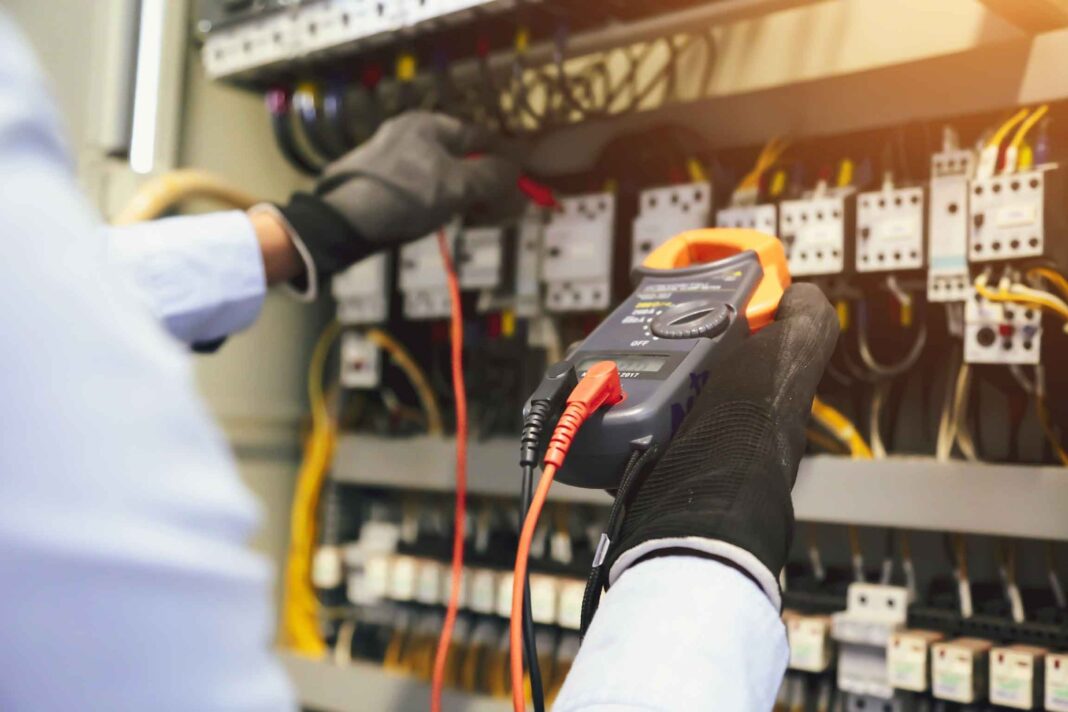Precise Commercial Electrical Estimates is not only about winning bids but also about a sustainable and profitable project. It is essential that estimates are conducted accurately as it leads to financial viability and provides a competitive edge in the industry.
Electrical estimating of commercial projects varies greatly when compared to residential. In large-scale projects, complex systems are involved with more load and electrical components. In addition to that, in commercial projects, there are more codes, standards and regulations to follow.
SMA Estimating LLC experts ensure accurate Construction Estimating Services. With a precise budget, cost is managed and controlled throughout the commercial project.
It involves the complete and thorough calculation of the costs of electrical elements in a commercial project. Whether it’s material, labour, equipment or overhead. Estimators make sure to consider all aspects of costs, even minor ones, to achieve an optimal level of performance.
Electrical Plans and Drawings
- Detailed blueprints and electrical schematics should be carefully reviewed to understand the layout, load requirements, and the location of outlets, panels, and electrical rooms.
- Changes in plans after bidding may result in revisions and change orders, which should be factored in.
Guide to Accurate Commercial Electrical Estimates
It is essential to make sure that the electrical estimates are precise. In addition to that, the difference in actual costs and estimates must be as minimal as possible then the following factors must be adopted:
1) Outline and Understand the Project Extensively
In any commercial project, the foremost step is to comprehensively comprehend all the construction plans and drawings, especially the electrical grid drawings. This is done to thoroughly understand the electrical system. Some important elements to look out for are as follows
- A project’s layout such as the size, dimensions, floor plan, etc. Hence, a site visit must be conducted if possible.
- Analysing the electrical load requirements
- Make sure that the selected material meets a project’s requirements and local standards
- Make sure that the panels are ideally located and their load capacity is sufficient
2) Categorize Material
The second factor is crucial to make sure that Commercial Electrical Estimates are precise to the dot. In this step, each component of the material is derived from electrical designs and project drawings. An expert does so by dividing the project into manageable tasks. Performing the work in such a way makes sure that all the material is accounted for and keeping track of the tasks individually becomes easier. Following are some prominent software used for material takeoff in the realm of electrical estimation are:
- On Screen Takeoff
- Trimble
- ConEst
- McCormick Systems
Some Electrical components are as follows:
- Capacitors
- Fuse
- Inductor
- Connectors
- Power Supplies
- Distribution panels
- Circuit breakers
- Transformers
- Lighting fixtures
3) Calculating Costs
After understanding the scope of a project and material and labour are all accounted for then the next step is to associate the cost. In simple words, all the cost elements and areas are identified which are essential to complete the project within the set time duration. To better understand the cost involved in a Commercial project, it is divided into two main divisions which are as follows:
4) Production Costs
Also referred to as direct costs, they are directly involved in the physical construction such as the installation of an Electrical system. It consists mainly of materials and labour. Production Costs take up a huge portion of the budget thus it is important for estimators to be vigilant and comprehensive in estimating these costs.
For determining cost-efficiently and accurately, Commercial Electrical Estimating Services usually utilize RS Means software. It provides its users with an extensive cost database that includes up-to-date costs of material, regional labour rates, and equipment pricing. This software makes sure that costs are precisely estimated and attributed to different sectors in commercial projects. SMA Estimating LLC also utilizes this software for an accurate analysis.
5) Non-Production Costs
Commonly known as Indirect costs they are not directly involved in the physical construction. They act as a support for the direct costs. Some general examples are admin expenses, utilities, permit fees, etc. One thing to note is that these costs have an immense impact on profit margins. Therefore, careful analysis of these costs is necessary to make sure it does not affect profitability.
Conclusion
To wrap it all up, precise Commercial Electrical Estimates are crucial for a project. Correctly estimating the electrical costs of Commercial level projects can make a prominent difference as even a minor inaccuracy can lead to the occurrence of unexpected costs. It is important to note that carefully conducted Estimates can guarantee the acquisition of the best material, effective time management, skilled labour, controlled overhead costs, and increased profit margins. Thus, this article discusses the most important factors for estimating the Electrical costs of a commercial project. These factors cover all the essential points in a commercial project. An estimate will lay the foundation for a proficient electrical plan for a new construction project with the assurance of overall success.







